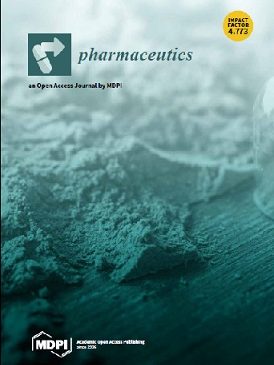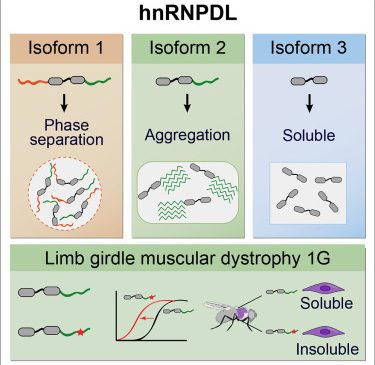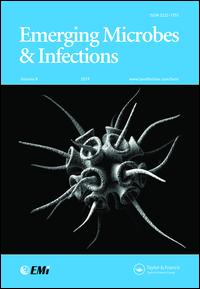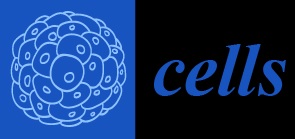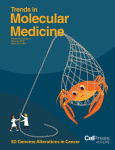
Dr Salvador Ventura: Chemical Chaperones as Novel Drugs for Parkinson’s Disease
https://www.cell.com/trends/molecular-medicine/fulltext/S1471-4914(20)30031-9
Highlights
Orthogonal strategies such as drug repositioning, rational design, and high-throughput screening have identified molecules that target α‐synuclein (α-syn) aggregation, the central molecular event in Parkinson’s disease (PD).
The anti-aggregation compounds under development target the complete spectrum of α-syn conformers through different mechanisms: monomer stabilization, prevention of dimer formation, stabilization or disruption of oligomers, avoidance of secondary nucleation, and dismantling of fibrils.
The potential of particular molecules to halt neurodegeneration in PD is already being evaluated in clinical trials. If successful, they might benefit patients suffering from other α-synuclei


